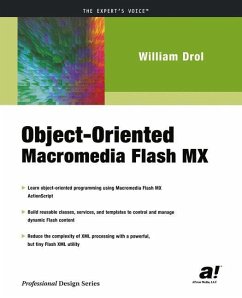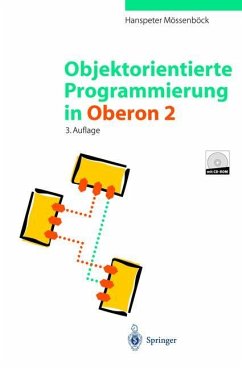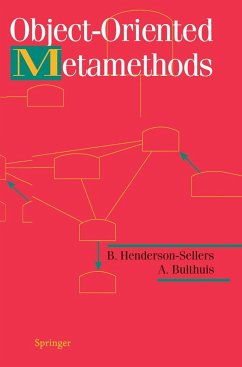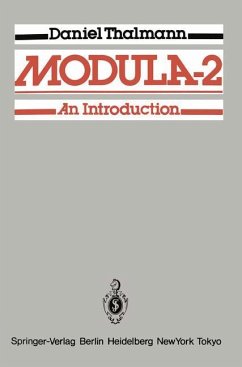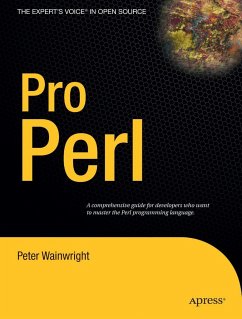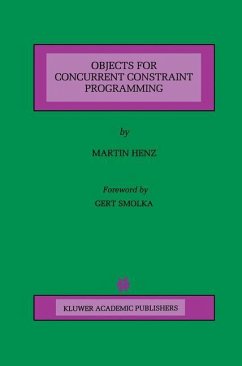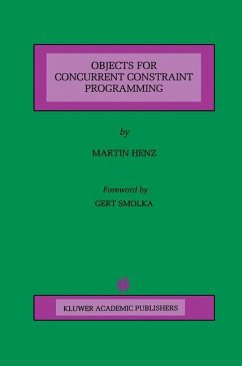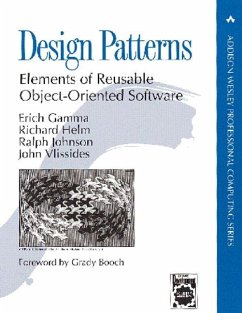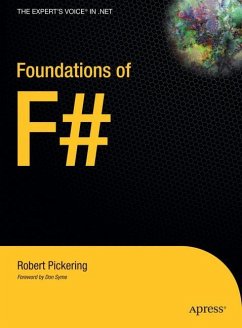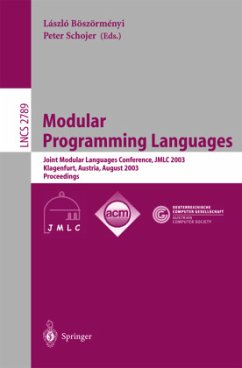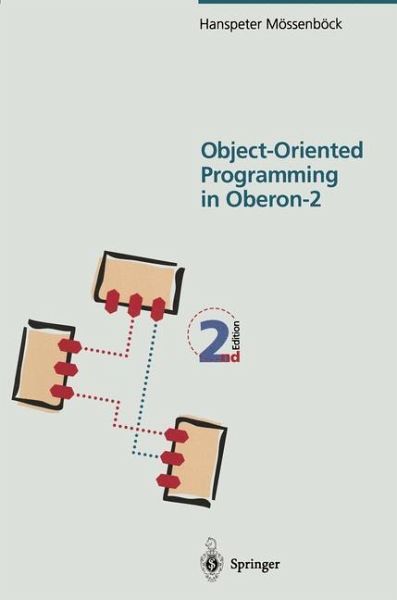
Object-Oriented Programming in Oberon-2

PAYBACK Punkte
19 °P sammeln!
Die Programmiersprache Oberon-2 entstammt - wie Pascal und Modula-2 - der Wirth-Schule an der ETH in Zürich. H. Mössenböck, selbst Professor an der ETH, führt von den Grundlagen objektorientierten Programmierens hin zu einer umfangreichen, realistischen Anwendung (Fenstersystem mit Text- und Grafikeditor). Das Buch eignet sich sowohl für die Ausbildung im Studium als auch für den Praktiker, der sich mit den modernsten Programmier-Konzepten vertraut machen möchte.



